Levan Jamelashvili
Year of birth: 1999.
Where do you live: Tbilisi, Georgia.
Describe your art in three words: Dreams, Silence, Imagination.
Your discipline: Photography: analog and digital.
jamelashvili.com | Instagram
Can you tell us about your journey into photography and visual art? What initially drew you to this medium?
I started taking pictures back in high school. At that time I was photographing everything and didn’t really know what exactly attracted me to photography. A little later, I tried to become a commercial photographer, but my attempts were unsuccessful. I became disillusioned with photography and abandoned it. Only a few years later, I bought an old film camera and my passion for photography reappeared. I really liked the slowness of the process, the limited number of frames in a roll made me perceive photography differently, I had to carefully think through each frame and build a composition.
My first film camera was a Soviet Zenit. It was quite heavy and I began to leave it at home more and more often and rarely carried it with me. When I noticed this, I realized that I needed a camera that would always be at hand. And then I discovered the world of point and shoot cameras. Since all such cameras are fully automatic, I did not have to spend much time setting up the camera. It could take less than 5 seconds from the impulse to take a photo of something to pressing the button on the camera. This brought photography to a new level in my life. The camera began to accompany me at any moment. I just put the camera in my pocket and shot everything that attracted me.
So the years passed, I just photographed everything in sight without any particular idea. But then I began to comprehend my work. I began to look for themes that resonate with me, began to think about my visual language, looked for ways to distinguish photography as a medium in contemporary art.
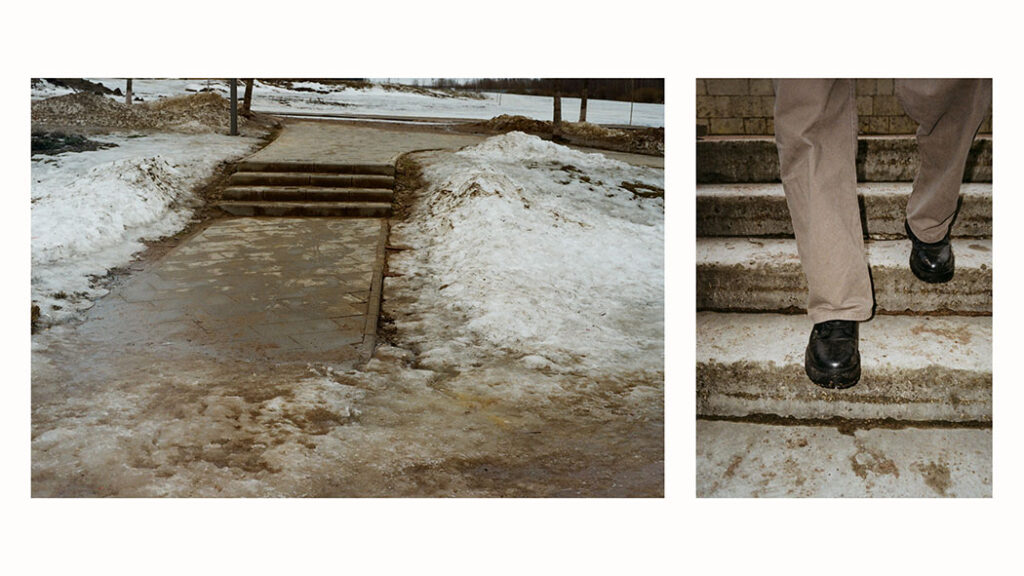 How do you balance between capturing reality and incorporating elements of dreams and memories in your work?
How do you balance between capturing reality and incorporating elements of dreams and memories in your work?
I try to convey in my work the feeling that we experience while in dreams or fantasies. We cannot fully understand where the line is when reality turns into imagination. We also do not understand what exactly distinguishes a dream from reality.
I cannot pinpoint exactly what creates such a feeling in my pictures. Many factors must come together: the setting, time of day, light, objects, landscape, interior, etc.
This can also be achieved technically. I shoot a lot on film, on old cameras. And the combination of film texture with old optics creates an image that can blur the feeling of reality as closely as possible.
While photographing, I may not even fully understand whether I will ultimately be able to get the desired vibe from the pictures. And only when selecting photographs do I understand that the photo reveals the feeling, the vibe that I am looking for in photography.
It often happens that after shooting I put a cross on the photo and put them in my archive. And only after a few years I notice that the photo has revealed the potential that I did not notice before.
Your work explores themes like escapism and maladaptive daydreaming. Can you elaborate on how these themes are reflected in your photographs?
Escapism is an escape from everyday routine into a fictional world, a special activity. For me, photography has become such an escapist process. I started picking up a camera to transport myself to a world without routine or pressing problems. I didn’t need much preparation, I just shot what surrounded me and tried to find beauty in ordinary things.
I rarely photograph people or portraits. I’m more focused on capturing the environment, place, objects. I like to find detachment even in the most densely populated place. That’s why I try to show a lot of space and I like to create a feeling of loneliness in my pictures.
How has photography helped you stop living an imaginary life and anchor yourself in reality?
Most of the time my head is filled with different thoughts and surrounding noise and it is very difficult for me to just turn off all thoughts and be in reality. I can often recall a fragment from some stupid video that I watched a year ago and have never thought about it since. At such moments I don’t understand why this information is stored in my head at all.
Photography has become one of the most meditative processes for me. When I walk around the city with a camera in my hands, I have a goal — to catch cool shots. At this moment, I unconsciously turn off all the unnecessary background from thoughts and just focus on the process.
It turns out to be a kind of vicious circle: photography for me is both a form of escapism and something thanks to which I escape from reality, and at the same time a tool thanks to which I can feel reality as strongly as possible. Paradoxically, but it is so.
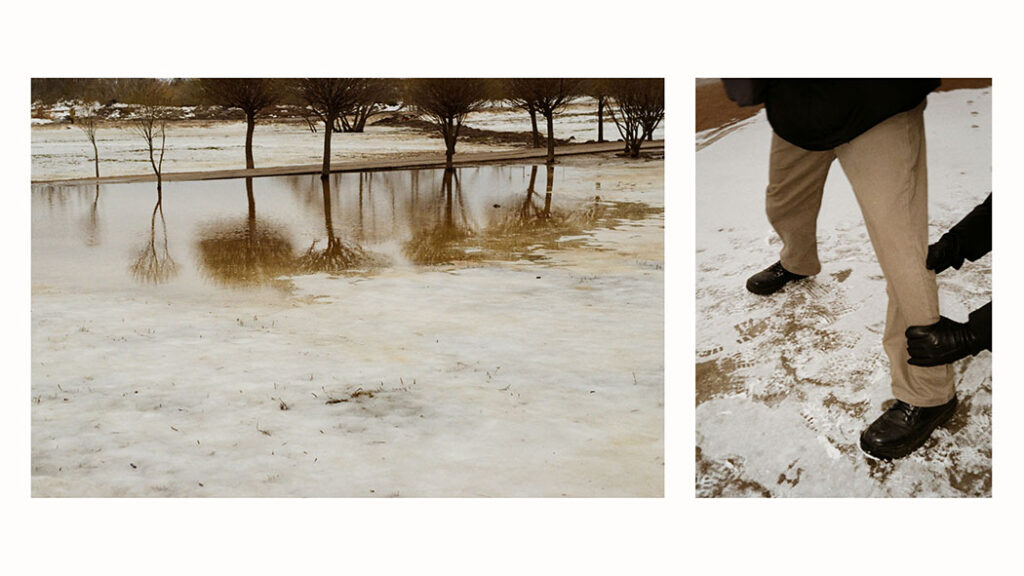 The “Watch your step” project was inspired by a personal accident. How did this experience change your perspective on your surroundings and influence this series?
The “Watch your step” project was inspired by a personal accident. How did this experience change your perspective on your surroundings and influence this series?
In winter, I was walking down the street, slipped on an icy sidewalk and cut my eyebrow. When I got to the hospital, the doctor told me that I was very lucky. I hit the hardest part of my skull and if I had fallen a little differently, everything could have ended much worse.
When I was discharged from the hospital, I noticed that I began to walk very slowly. Most of the time, I thought about how to move more safely. I began to take each step more consciously and at the same time began to pay attention to the world around me.
The endless stream of thoughts in my head, which had always prevented me from perceiving real life normally, began to stop. Before that, I felt like I was in my thoughts most of the time, not in reality. When I took my camera out of habit and went to take pictures on the street, I started taking a lot of pictures of what was under my feet. I noticed that my gaze was constantly directed downwards, and I was taking a lot of pictures of the road, the ground, the grass, etc.
That’s how the “Watch Your Steps” project was born. The idea of the project is two things at once:
1. We need to be more attentive to the things we don’t pay attention to or do automatically. We don’t think about the fact that something bad can happen to us out of the blue.
2. We need to pay attention to what is around us, and not be constantly immersed in thoughts. We need to notice the beauty that surrounds us and that manifests itself in everything.
It may seem that the entire project was filmed in one place and at one time. But in fact, more than a month passed between the parts of the shooting, and they were even filmed in different cities. This project was shot on film and when I developed it, I was surprised how well the photos from different places matched. I immediately had an idea of how to combine the shots so that they complemented each other better.
How do you think photography can contribute to a better understanding of modern social issues?
Photography is the most universal language that can be spoken in any country in the world. The same image can be perceived in completely different ways depending on whether we know the context or not. For example, you can find some photo project or photo book and look only at the photographs, without reading the description of the project, without learning anything about the author and without going into the details of that period.
After viewing the images, you need to try to understand what this project was about and what the author wanted to say. And only then you need to familiarize yourself with the context of the project, read the annotation and learn more about the meaning of the work.
Such an exercise will help you understand how strong the subtext is in photography and how much we endow with meaning even those pictures that at first glance may not display anything at all.
Through photography, you can talk non-verbally about any topic. And the viewer, entering into a dialogue with the author, can complement his idea.
The author leaves the viewer with a virtually unlimited field for interpretation and speculation. The author creates a framework and places hooks, and the viewer himself creates the final meaning. It turns out to be a kind of creativity. In other forms of art, this is also present, but in my opinion, in photography, it manifests itself most strongly.
What advice would you give to young photographers and artists who are just starting out?
It’s more interesting to watch photographers and artists who have their own voice and talk about their personal experiences. I think it’s much more important to talk about topics that are directly related to you and that interest you. And not about those that are popular now.
Perhaps because of this, success will come much slower, but you will be much more interesting as an artist when you develop in this. You will be able to talk about things that no one else can talk about, or talk about general topics, but in a way that only you can.
If you don’t have topics that you can talk about and you haven’t found your voice, don’t get hung up on it. If you don’t have your own style, this doesn’t mean that you are a bad photographer or artist. Absolutely everyone has a unique style, you just need to give it time to manifest itself. Style is formed throughout your life and consists of everything you’ve seen, read, watched, and where you’ve been. I also believe that you shouldn’t set a goal to find your own style. You just need to strive to do a good job, and your individuality will emerge.

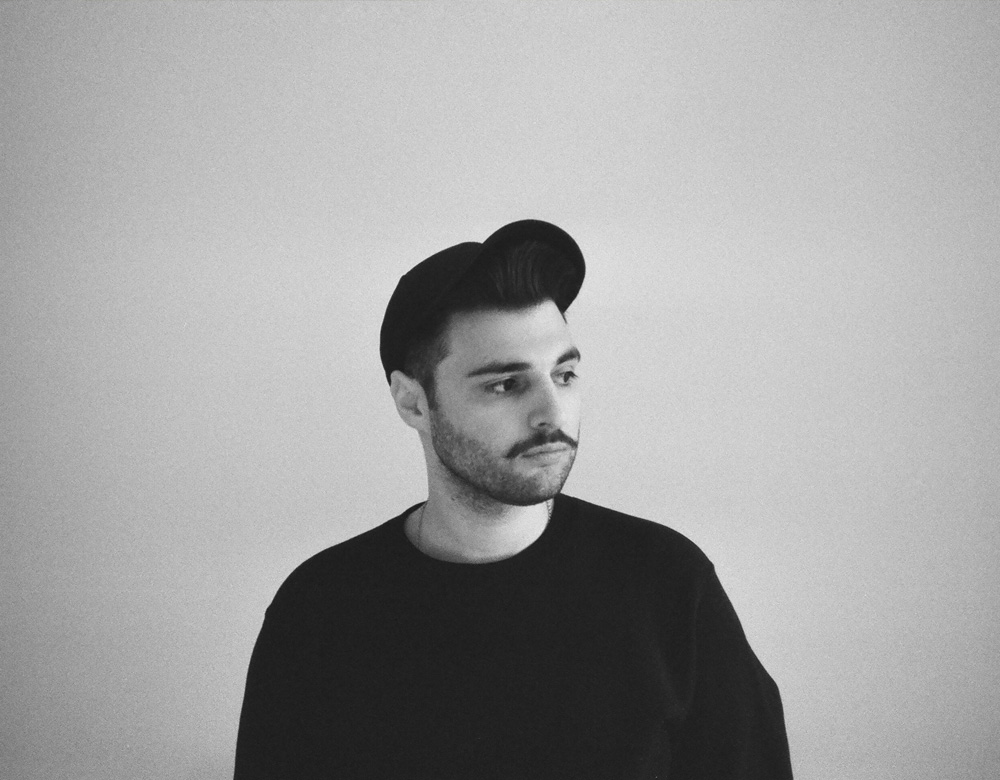
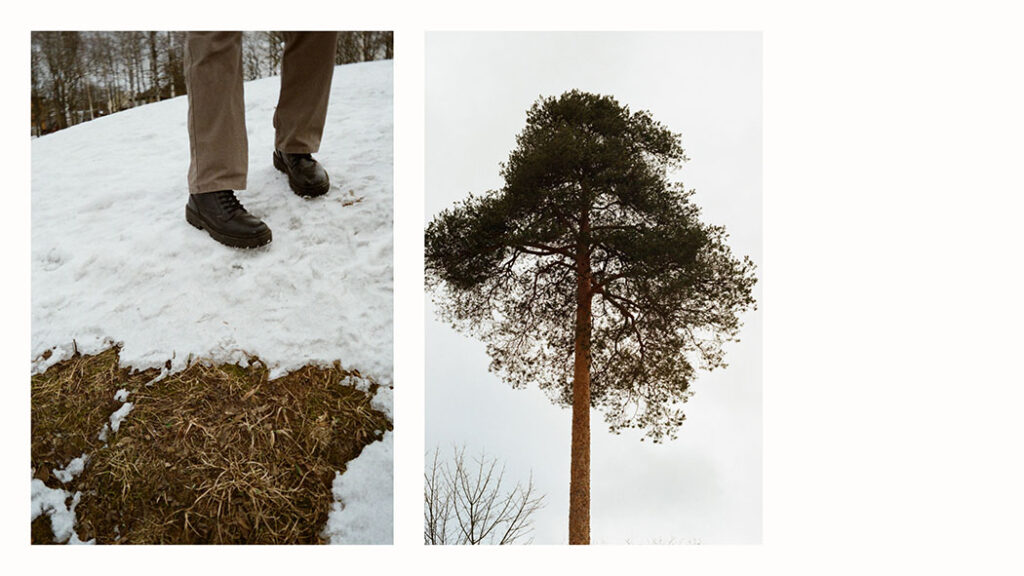

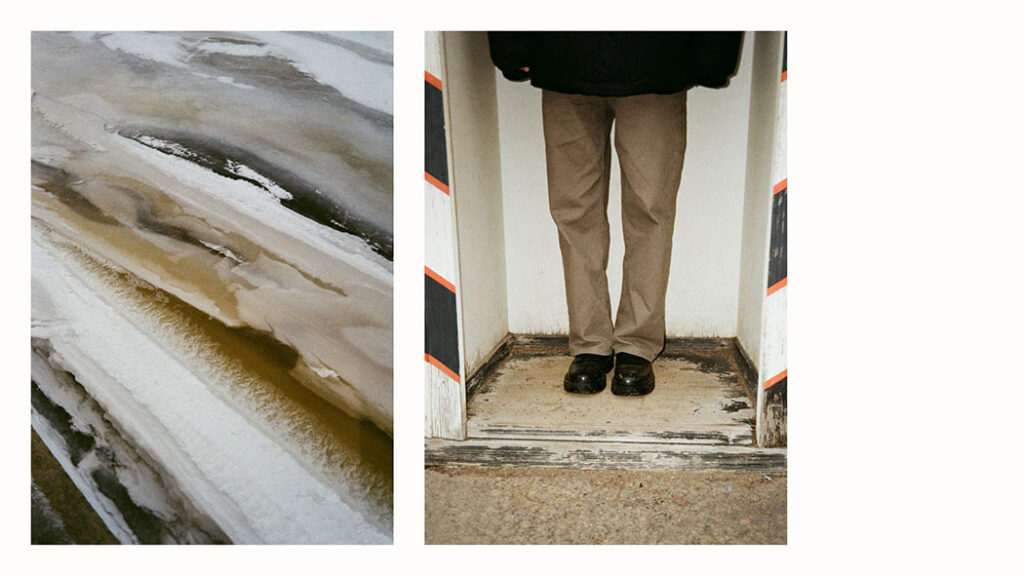
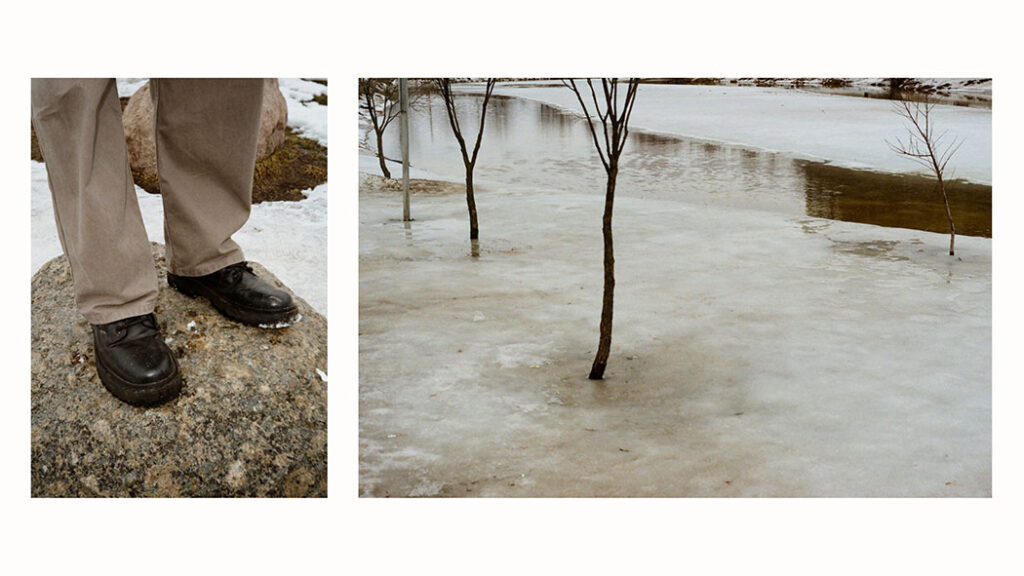
Leave a Reply